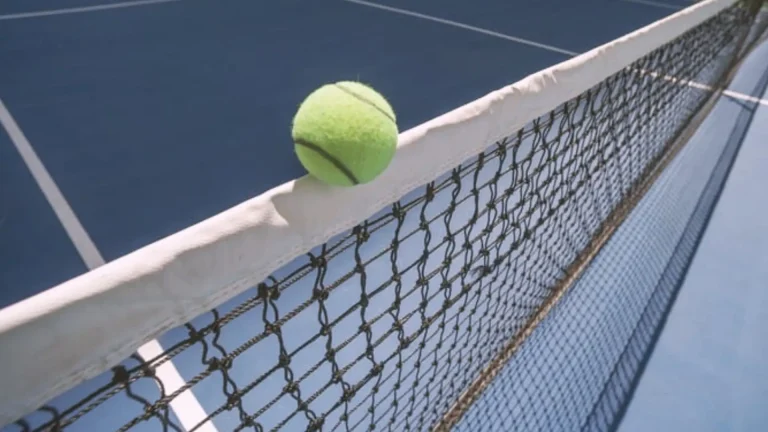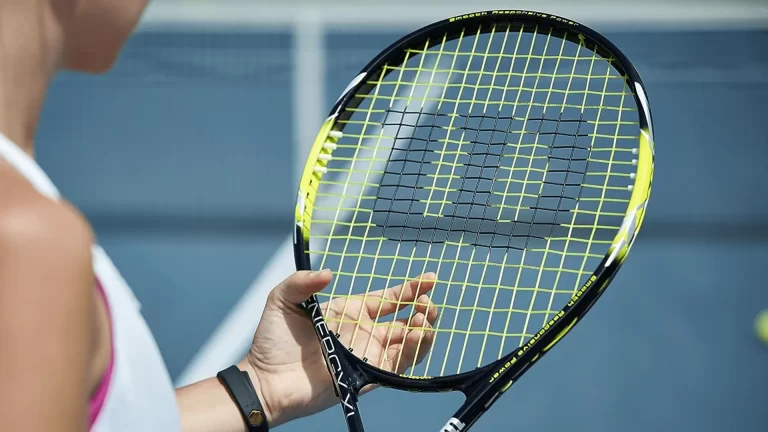How To Choose Tennis Strings: Comprehensive Buying Guide 2025
If you love to play topspin more than your competitors, your tennis strings tend to break more often than regular tennis players. Having a durable tennis string can save you time and money in the long run. Poly strings are pretty durable, but they go dead right after 10 hours of play. Multifilament, on the other hand, gets loose right after your first game, so the point is, how to choose a tennis string?
Many factors contribute to string breaking. If you choose the right gauge between 15-16, your string will be thicker enough not to break, but it will surely decrease power and spin.
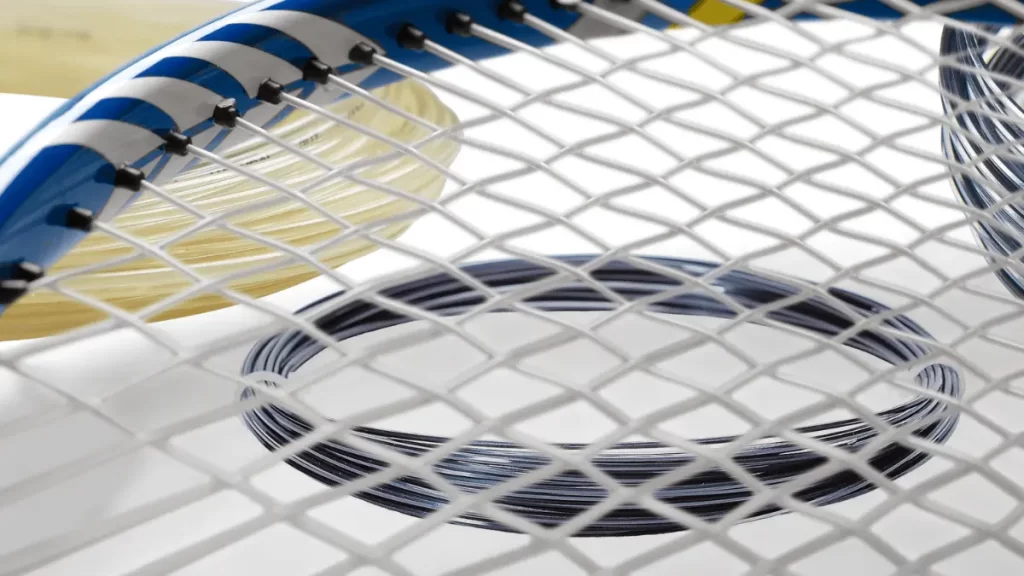
So the question arises: how to choose the right tennis string that is durable and delivers more power and spin?
The answer is simple: know your level of game and choose wisely. Do you want to compromise on power and spin to let your opponent win, or will you compromise on money and bear the string-breaking every three weeks?
Want to know in detail? Let’s discuss.
Factors To Consider Before Choosing Tennis Strings
Start off by choosing the appropriate tennis string type, string gauge, and string tension, depending on your playing style. Choosing the right tennis string is an important decision for every tennis player. The string you use can greatly impact your game, affecting your power, control, spin, and comfort on the court.
There are various factors to consider when selecting tennis that you should pay great attention to before choosing tennis strings for your tennis racquet. Some of these factors are discussed below:
String Material:
Tennis strings are typically made from one of three primary materials: natural gut, synthetic gut, or polyester (poly). Each material has its own set of characteristics:
Natural Gut:
Natural gut strings are created from cow or sheep intestine fibers. They are known for their excellent playability, comfort, and feel. Natural gut delivers exceptional power, touch, and control, and it is one reason why it is the most preferred option for many professional and advanced players.
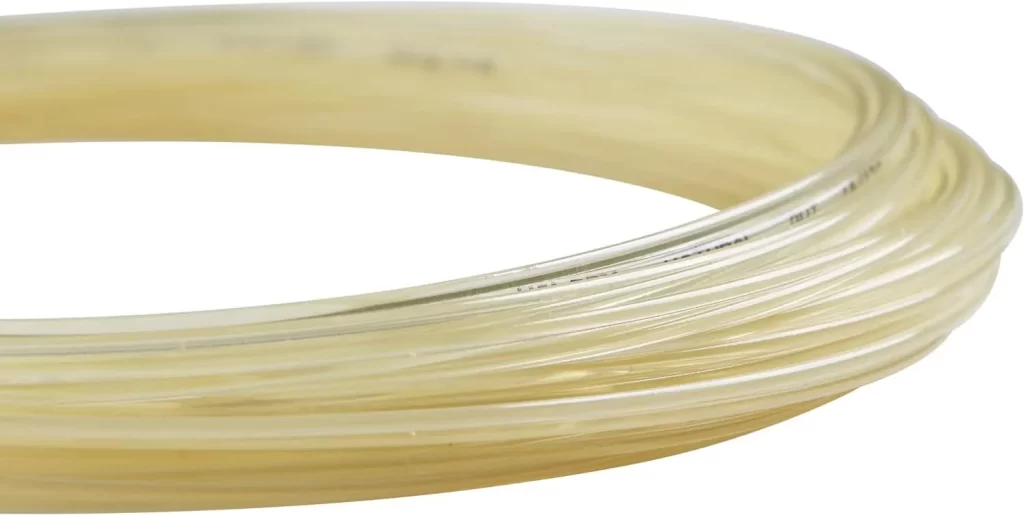
However, the natural gut is the most expensive option and tends to lose tension faster than synthetic or polyester strings.
Synthetic Gut:
Synthetic gut strings are designed from different synthetic materials, such as nylon or multifilament fibers. They provide an adequate mixture of power, control, and durability. Synthetic gut strings are more affordable than natural gut. Synthetic gut strings are a prevalent choice for most recreational players and beginners.
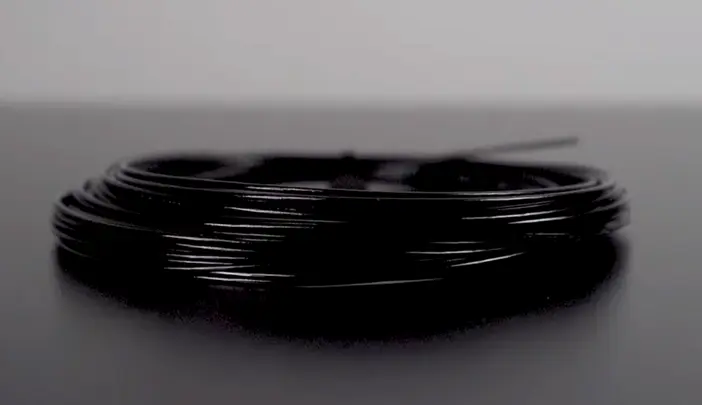
Polyester (Poly) Strings:
Polyester strings, often referred to as “poly” strings, are best known for their durability and spin potential. They provide excellent control and can generate a lot of topspin, which is why many professional players use them for their main strings in a hybrid setup. Poly strings are stiffer and less comfortable than natural gut or synthetic gut, which may not be suitable for players with arm or shoulder issues.
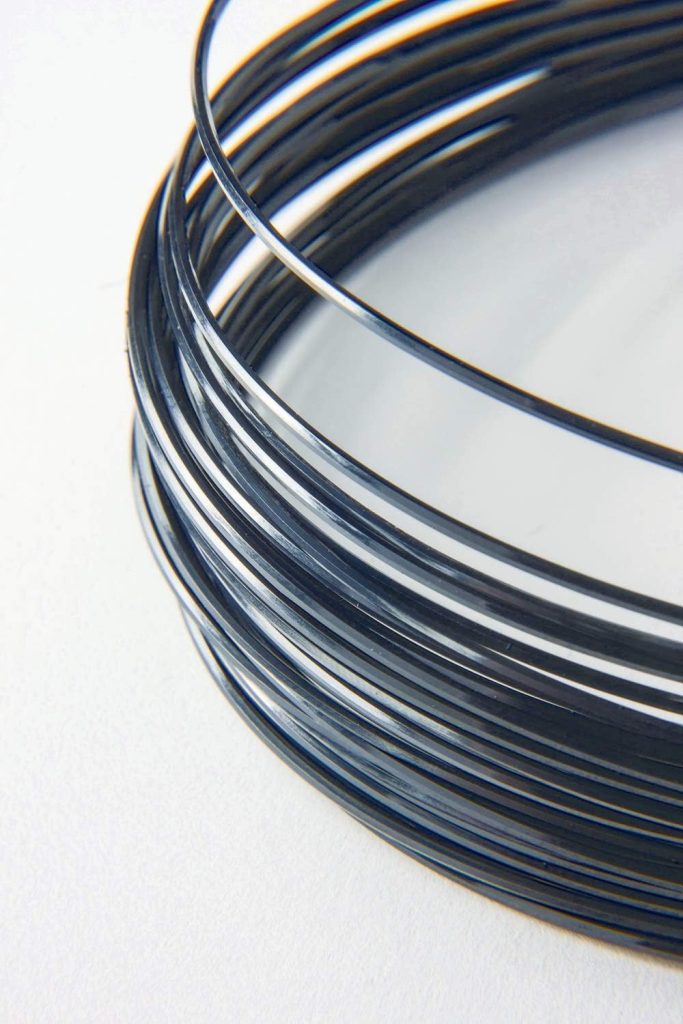
String Gauge (Thickness):
Tennis strings come in various gauges or thicknesses, typically ranging from 15 (thinnest) to 18 (thickest). The string gauge can affect your game in the following ways:
- Thicker strings 15/16/16L (lower gauge numbers) generally provide more durability and control but less power and spin.
- Thinner strings 17/17L/18 (higher gauge numbers) typically offer more power, spin, and feel but may break more easily.
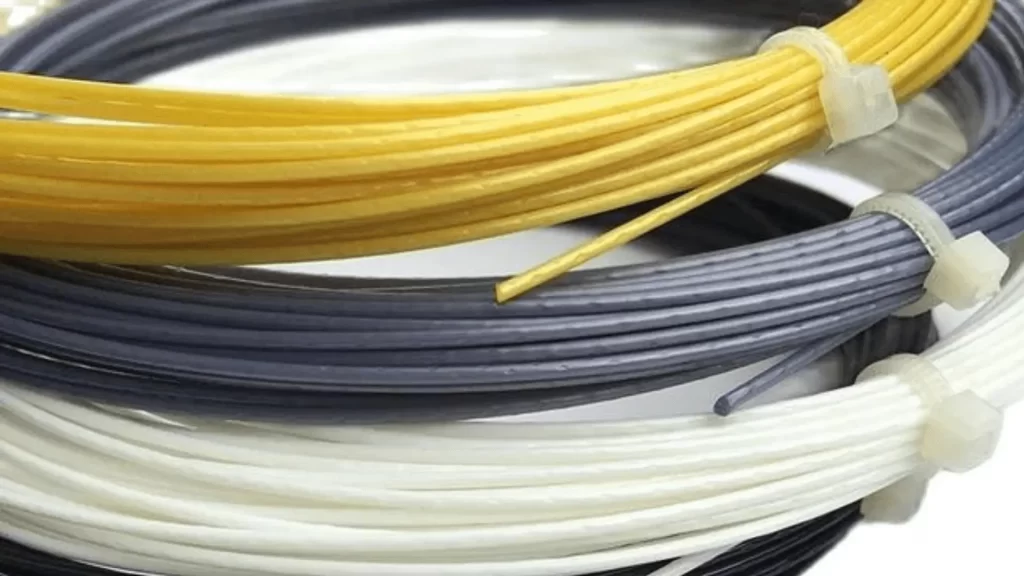
Your playing style and preferences should influence your choice of gauge. A general rule of thumb is that thinner strings deliver better power and spin, while thicker strings provide additional control and durability.
String Tension is Equally Important:
The string tension you opt for greatly impacts your game. Here’s what you need to consider:
- Higher tension: Provides better and more control and precision but reduces power and comfort.
- Lower tension: Offers exceptional power, spin, and comfort, but some control is reduced.
The recommended tension range for most racquets is typically between 45-70 pounds (20-32 kg). Your ideal tension should align with your playing style, but you can experiment within this range to find the right balance for your game.
Consider Your Playing Style:
Consider your playing style when choosing tennis strings:
- Power Player: If you depend on your strength and power, you might prefer a string that improves control and spin to keep the ball in play.
- Control Player: If you are a precision player who focuses on shot placement and control, you might go for a string that maximizes control and touch.
- All-Around Player: If you’re a versatile player who likes a balance of power and control, you might want to choose a string that offers a mix of both characteristics.
- Baseline Player: If you spend most of your time at the baseline, consider a string that helps generate topspin for added control and consistency.
- Serve-and-volley Player: If you play aggressively at the net, you may want a string that enhances touch and feel for volleys.
Don’t Forget Your Budget:
Consider your budget when selecting tennis strings. Natural gut strings are considerably expensive, while synthetic gut and polyester strings are more budget-friendly and easy-on-pocket options. Keep in mind that more expensive strings may not always be the best choice for your game at the beginner level, and professionals know their choice better than others. So it’s essential to have a balance between performance and cost.
String Pattern and Hybrid Design:
The string pattern of your tennis racquet (open or closed) and whether you choose a hybrid setup (different strings for mains and crosses) can also impact your choice of strings. Some players prefer polyester strings for their main strings for added control and natural gut or multifilament strings for the crosses to improve comfort.
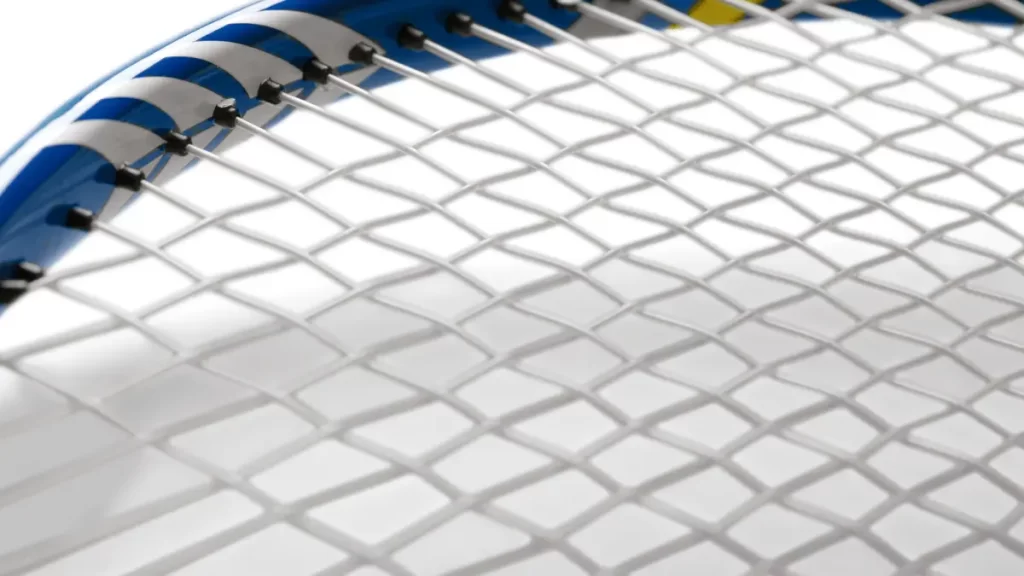
Seek Feedback and Experiment With Different String Types:
Finally, don’t be afraid to seek feedback from other players and experiment with different strings and tensions. Stringing preferences can be highly individual, and what works for one player may not work for you. It is a good idea to find the combination of strings that better suits your playing style and works best for you.
| Natural Gut | Synthetic Gut | Polyester | |
|---|---|---|---|
| Power | exceptional power | average power | excellent power |
| Comfort | high comfort | moderately high comfort | less comfort |
| Durable | less durable | more durable | more durable |
| Control | high control | medium to low control | high control |
| Cost | most expensive | affordable | affordable |
Conclusion
Selecting the right tennis strings for your tennis racket is a critical decision that can immensely influence your game. Before choosing the right tennis string for yourself, consider factors such as string material, gauge, tension, playing style, budget, string pattern, and feedback from other players.
Experimentation is key to finding the perfect string setup that maximizes your performance and comfort on the tennis court. In the end, it is one’s individual preference to choose what works best for them. Professional players can’t compromise their performance, so go for the polyester string to get the maximum control. Beginners can choose synthetic strings to master the game first. That’s how you can wisely choose the string based on your game level.
FAQs
What are the different types of tennis strings?
The different types of tennis strings are natural gut, synthetic gut, and polyester strings. Different strings will affect your performance differently.
Does the tennis string impact your overall performance on the court?
Yes, tennis strings impact your performance greatly on the court, so make sure to choose the right tennis string before and after doing thorough research.
Can we choose a combination (hybrid setup) of tennis strings?
Yes, many players use a combination of polyester and natural gut string to enhance their performance and ability to play more aggressively.

